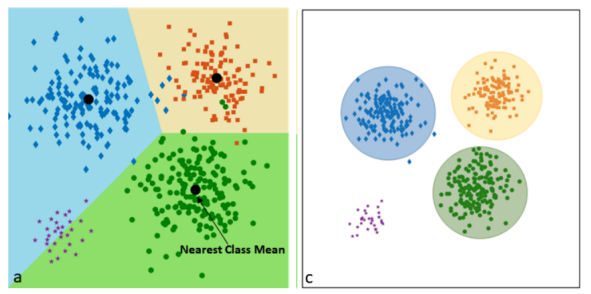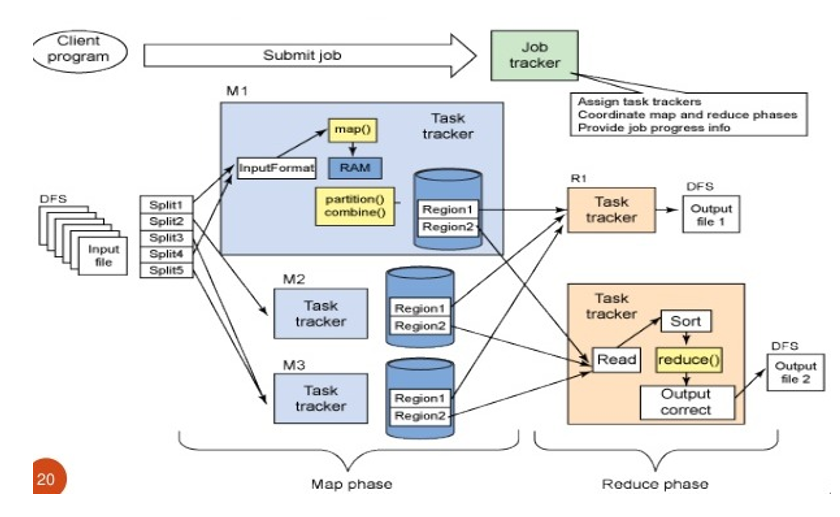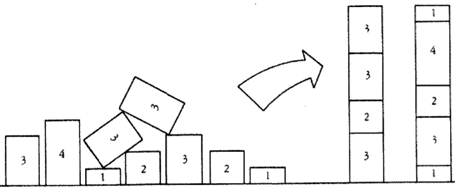
Idan Arbiv
Algorithm Engineer | GenAI, NLP, Deep Learning
Algorithm Engineer at WSC Sports specializing in Generative AI, NLP, and Deep Learning, building AI-driven services with publications in ICML and NeurIPS.
About Me.
Hey! 👋 I'm Idan Arbiv, an Algorithm Engineer at WSC Sports specializing in Generative AI, NLP, and Deep Learning. I recently completed my M.Sc. in Computer Science at Ben Gurion University, with published research in ICML and NeurIPS. Previously, I was a Teaching Assistant in programming and distributed systems, and served as a Communications Officer in the IDF, leading tech operations with a team of 40+. I’m passionate about building advanced AI-driven services and pushing the boundaries of deep learning innovation.
Technologies I've worked with:
Experience.
Education.
Ben-Gurion University
Master's Degree in Computer Science
Pursuing an M.Sc. with a 96 GPA, achieving Dean’s List honors. focusig on Deep Learning, Sequential Modeling, Gen-AI, and Representation Learning. Research under Dr. Omri Azencot, with publications in ICML and NeurIPS.
Ben-Gurion University
Bachelor's Degree in Computer Science
Graduated summa cum laude with a GPA of 93, achieving Dean’s List honors. Participated in the Dkalim Research Program for Excellent Students under the supervision of Dr. Omri Azencot, focusing on advanced computer science research and algorithms.
Publications.

Sequential Disentanglement by Extracting Static Information From A Single Sequence Element
One of the fundamental representation learning tasks is unsupervised sequential disentanglement, where latent codes of inputs are decomposed to a single static factor and a sequence of dynamic factors. To extract this latent information, existing methods condition the static and dynamic codes on the entire input sequence. Unfortunately, these models often suffer from information leakage, i.e., the dynamic vectors encode both static and dynamic information, or vice versa, leading to a non-disentangled representation. Attempts to alleviate this problem via reducing the dynamic dimension and auxiliary loss terms gain only partial success. Instead, we propose a novel and simple architecture that mitigates information leakage by offering a simple and effective subtraction inductive bias while conditioning on a single sample. Remarkably, the resulting variational framework is simpler in terms of required loss terms, hyper-parameters, and data augmentation. We evaluate our method on multiple data-modality benchmarks including general time series, video, and audio, and we show beyond state-of-the-art results on generation and prediction tasks in comparison to several strong baselines.
Authors: Ilan Naiman, Nimrod Berman, Idan Arbiv, Itai Pemper, Gal Fadlon, and Omri Azencot
Conference: NeurIPS, 2024

Utilizing Image Transforms and Diffusion Models for Generative Modeling of Short and Long Time
Lately, there has been a surge in interest surrounding generative modeling of time series data. Most existing approaches are designed either to process short sequences or to handle long-range sequences. This dichotomy can be attributed to gradient issues with recurrent networks, computational costs associated with transformers, and limited expressiveness of state space models. Towards a unified generative model for varying-length time series, we propose in this work to transform sequences into images. By employing invertible transforms such as the delay embedding and the short-time Fourier transform, we unlock three main advantages: i) We can exploit advanced diffusion vision models; ii) We can remarkably process short- and long-range inputs within the same framework; and iii) We can harness recent and established tools proposed in the time series to image literature. We validate the effectiveness of our method through a comprehensive evaluation across multiple tasks, including unconditional generation, interpolation, and extrapolation. We show that our approach achieves consistently state-of-the-art results against strong baselines. In the unconditional generation tasks, we show remarkable mean improvements of 49.92% and 132.61% in the short discriminative and (ultra-)long classification scores, respectively.
Authors: Idan Arbiv, Gal Fadlon, Nimrod Berman, Ilan Naiman, and Omri Azencot
Conference: ICML, 2024
Key Projects.

OCR In the Cloud
This project is a scalable cloud-based OCR system that processes images from URLs using Amazon Web Services (AWS). Users input a text file with image URLs, and the system dynamically allocates cloud resources to download, analyze, and extract text from the images. The result is presented in an HTML file with each image and its extracted text. The architecture includes three main components—a Local application, a Manager, and Workers—using AWS services like SQS and S3 for efficient task distribution, scalability, and persistence. The system is optimized to adjust resources based on workload, providing a cost-effective solution for large-scale OCR processing.

Real Time Connect Four
The Interactive Game project develops an engaging system that enables a human player to compete against a computer in Connect Four using a physical board. Utilizing a webcam and advanced computer vision techniques, the system captures the game state in real-time, accurately detecting the positions and colors of discs. It then employs strategic algorithms to calculate the computer next move and communicates these moves verbally, enhancing interactivity. The project demonstrates high accuracy in move detection and robust performance under varying conditions, successfully bridging the gap between traditional and digital gameplay. Future enhancements may include improved board detection and support for additional colors.
Maximum Weighted Increasing Subsequence
This project focuses on the Maximum-Weighted-Increasing-Subsequence problem, which involves managing the weights of points in a two-dimensional space while maintaining the maximum chain weight of increasing subsequences. The goal is to selectively increase the weights of specific points from 1 to 2 without exceeding the maximum chain weight, thereby preserving the integrity of potential chains formed from these points. By employing both naive and heuristic approaches, the project aims to develop effective algorithms that optimize point weights while exploring complex interactions between geometric and sequential properties.

Open Set Recognition With Contrastive Learning
This project focuses on Open Set Recognition (OSR) using a CNNs to identify known classes from the MNIST dataset while effectively flagging unseen classes as Unknown. By leveraging contrastive learning and decision boundaries in the latent space, the model distinguishes between in-distribution and out-of-distribution samples. The goal is to create a robust and adaptable AI system capable of recognizing new classes in real-world scenarios, enhancing its predictive capabilities beyond closed-set environments.

Hypernym Detection with Hadoop and OCR
Implements a method for automatic hypernym discovery. It utilizes an Amazon EMR cluster to process vast datasets of Google Syntactic N-grams, constructing dependency trees to identify shortest paths between nouns, which are then used to train classifiers with WEKA. The system architecture consists of a main class and two steps scheduled via EMR, allowing for efficient data handling and classification evaluation.

Evolutionary Algorithms Partition Problem
The Problem project addresses the NP-complete partition problem, which seeks to divide a set of numbers into two subsets with equal sums. Using a Genetic Algorithm (GA) and the EC-KITY library, the project not only implements a solution to the partition problem but also enhances the library with a live graph feature to visualize algorithm performance in real-time. The implementation involves generating a random array, evaluating individuals based on fitness, and utilizing tournament selection for better results in optimizing the partitioning process.
Keep in touch.
If you have any questions or just want to say hi, feel free to reach out to me.